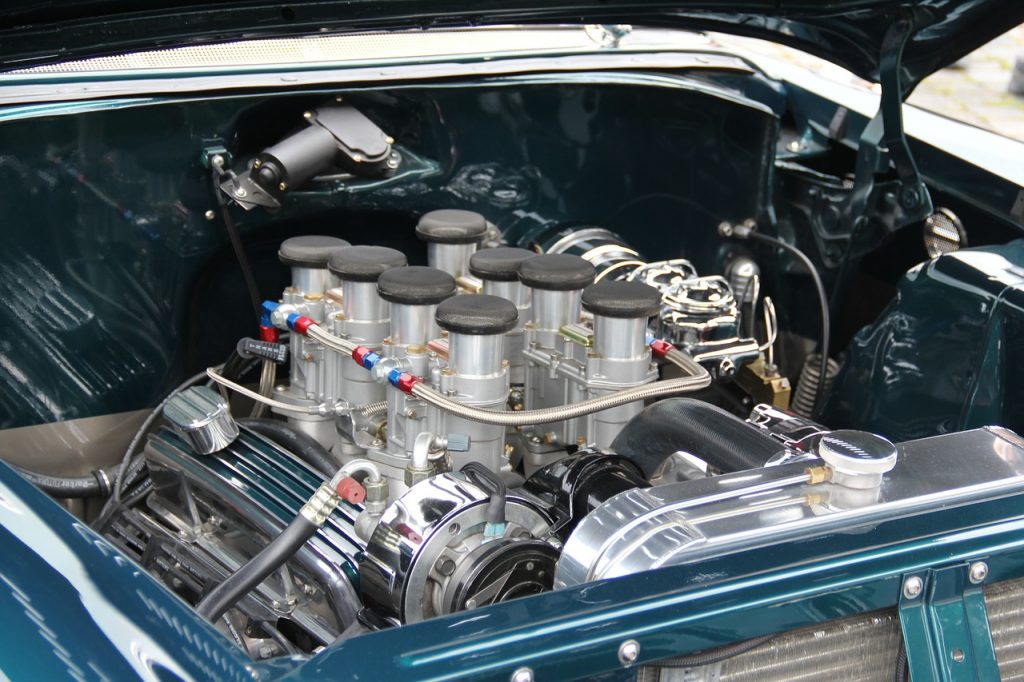Your vehicle must be regularly maintained and serviced to remain efficient, reliable, safe, and low-polluting. Valves are essential elements in ensuring the proper functioning of an engine. This post reviews the engine valves that deserve your attention and the maintenance actions to be performed.
Engine Valve
The engine valve is a mechanical component of the automobile. Each valve has a stem, a collar, a head, and a tail.
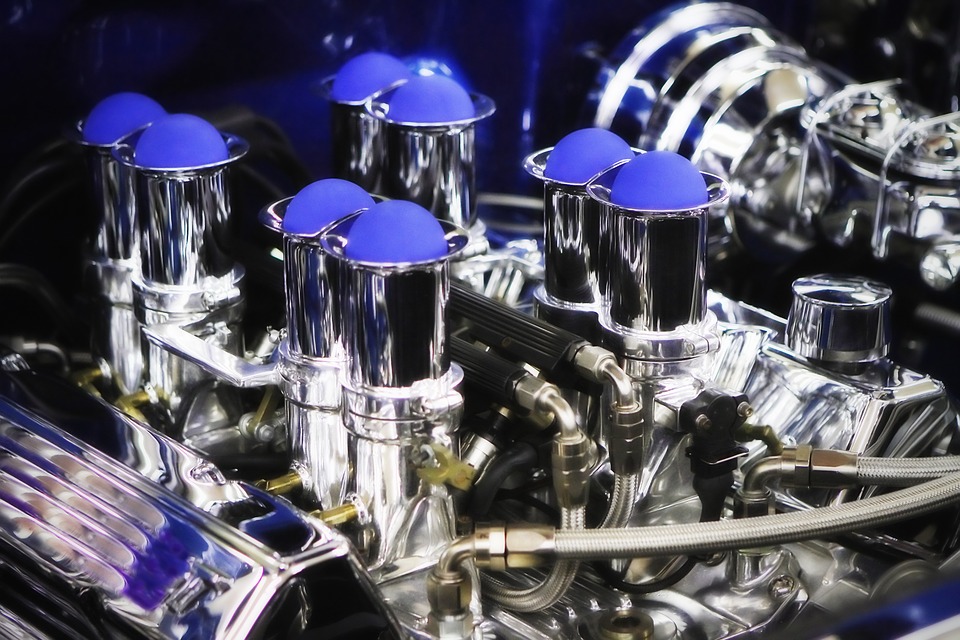
Its primary role is to ensure the distribution of the gas inlet into the combustion chamber. It is the air/petrol mixture that produces the gas when the engine is spark-ignited, and it is only the air that causes the gas in the case of a diesel engine. The valve leads the evacuation of the burned gases to the exhaust.
Good to know: the valves are lubricated by engine oil so that they can operate properly.
Engine Valve Operation
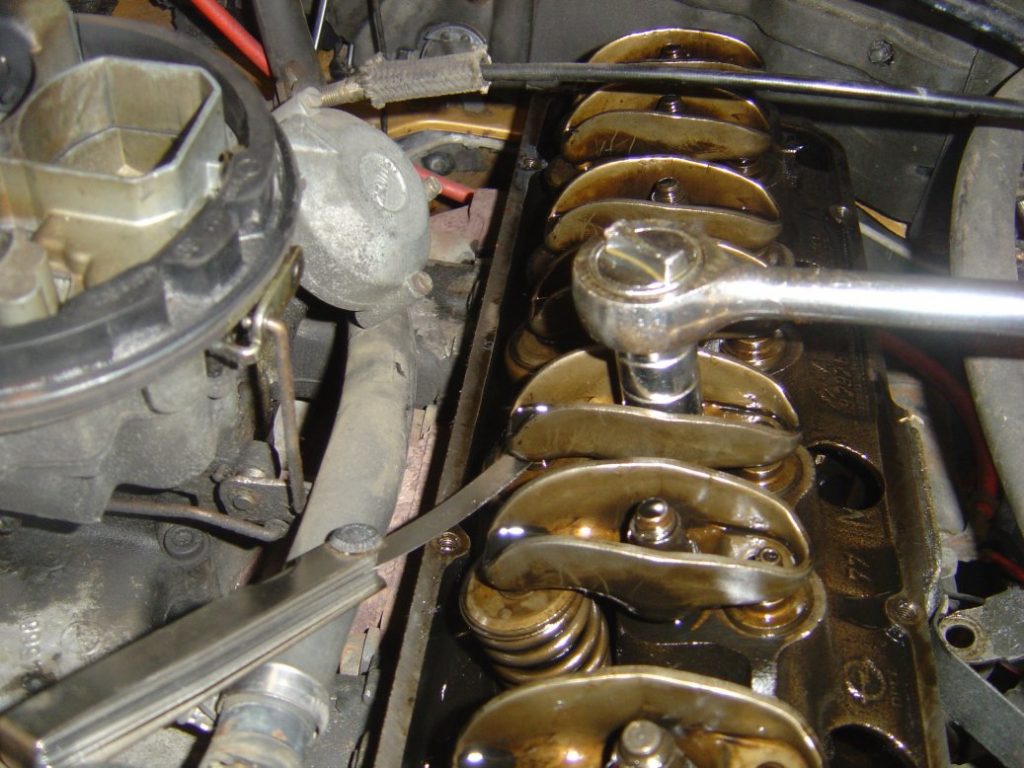
An engine has at least two valves per cylinder. In each pair of valves, one is designed for air intake into the combustion chamber, and the other is used to evacuate gas through the exhaust.
The most efficient engines are equipped with at least four cylinders, and up to sixteen cylinders can be used for a sports car engine.
The camshaft drives the valves which are used to open the cylinders, and a spring closes them. When opened, they are driven by a hydraulic tappet that moves on the lobe of the camshaft. As a result, the latter performs rotational movements with the crankshaft. Both camshaft and crankshaft are driven by the movement of the piston, which allows the synchronization of the piston actions with those of the valve.
Good to know: there is one adjusting screw per cylinder and the adjustment of the camshaft mechanism, and the valve is carried out by specific screws.
Engine Valves: Failures Or Problems
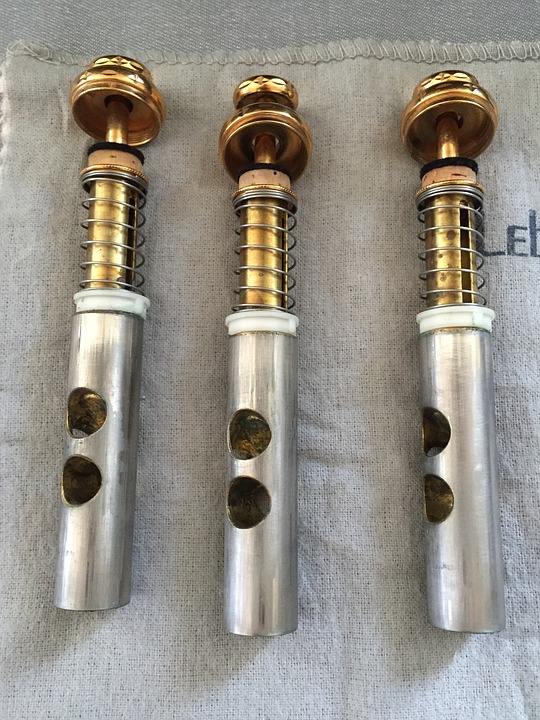
A valve can be subject to various failures or problems, as can any automotive mechanical component. The most frequent cases are described below.
The problems that can be encountered are in the camshaft springs and tappets. It is usually sufficient to adjust using the rocker arm screws or push-piece pads to correct the defect.
As for the spring, if it is defective, it can no longer exert pressure on the valve, thus preventing compression in the cylinder.
Also, when a bent valve can no longer function properly, the defect does not allow it to return to its original place. It will, therefore, tend to hit the piston when it is in full action.
Poorly maintained valves may have cracks or cracks. Finally, a failure in the distribution system can also occur in the event of high temperatures or lack of lubrication.
Good to know: any problem can lead to high fuel or engine oil consumption, symptoms that can be alarming.
Maintenance and Repair of Engine Valves
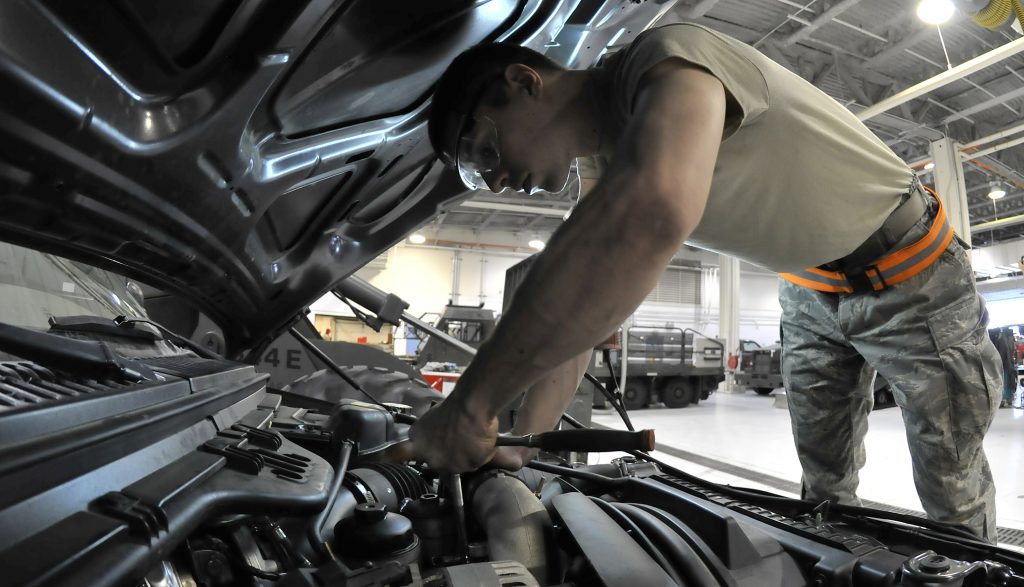
While defective or dirty valves may no longer function properly and may show cracks, the lack of maintenance of these parts can lead to a decrease in engine performance.
It is advisable to remove the engine valves from time to time to control them and limit additional costs in replacing specific distribution components that could have been avoided.
If the valves are not damaged, it may simply be necessary to clean them. The same applies to distribution parts such as springs, cylinders, rotators. If necessary, the required adjustment is made by unscrewing the corresponding components, cleaning them with specific engine/valve-related cleaners, and putting them back in place.
Also, in the event of duly observed wear and tear of an engine valve, as well as of certain related parts, it becomes crucial to replace them.
Good to know: you can call a professional to replace defective parts. The average price of the valves for a set of four intake valves should cost between $30 and $60.
If each vehicle has its own specific features, overhaul operations must, in all cases, be carried out regularly and recorded in a maintenance logbook. You can also be vigilant on particular points to ensure the proper functioning of your vehicle in all seasons.
Hope the above helps you out with your engine valves. But, remember, if things seem a little bit too complicated for you to try any Do-It-Yourself, it is always better to call for a professional mechanic or bring your vehicle to a garage. If you are not too sure of being able to undertake the repairs by yourself, just do not do it! Do not risk damaging anything under your hood as those parts cost a lot of money and they may not always be available immediately.
Discover the world of cars and vehicles through this blog! From simple car hacks to great tips on car maintenance, there is a plethora of articles to read and apply.

